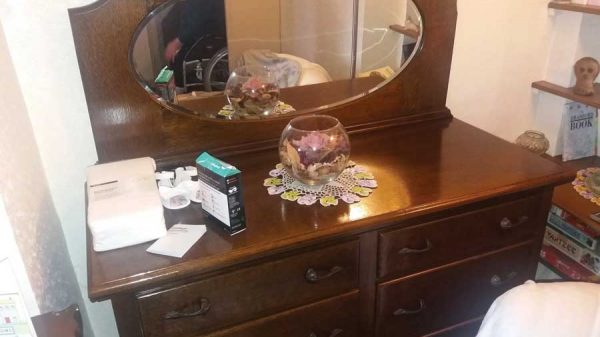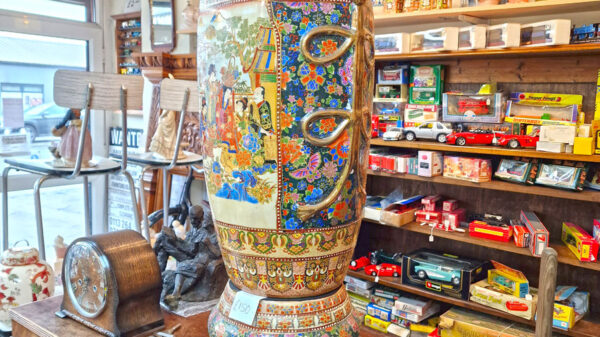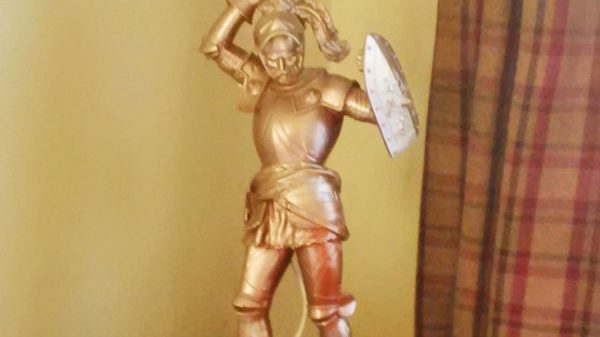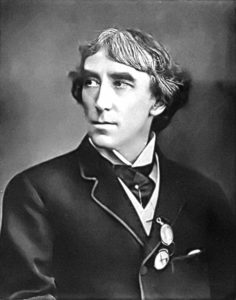The ruins of Monk Bretton Priory sit quietly amidst a housing estate in Barnsley, not the scenic surroundings that normally come along with visiting a historical site in Yorkshire. However, despite the surprisingly urban setting, the priory ruins are certainly a hidden gem.
When the Cluniac priory was established by Adam Fitzswaine in around 1154, he had no idea that this intended peaceful haven would be a turbulent place of conflict and even corruption! Fitzswaine set up Monk Bretton as a daughter house of the rich St John’s in Pontefract but bitter arguments broke out between the two over the years as Pontefract tried to retain direct control. At times, the rows turned violent with gang style warfare occurring!
In 1252 the prior of Pontefract appointed Adam de Northampton as new prior of Monk Bretton but the monks there refused to accept him, saying they should have the right to elect someone themselves to the post. The dispute raged on until 1255 when Pope Alexander IV ordered it to be arbitrated by the Dean and Archdeacon of Lincoln. The compromise reached was that the monks could choose their own prior, but he had to be confirmed by Pontefract. They also had to pay a yearly fee of 20s.
The monks of Monk Bretton were not done causing trouble just yet though. In 1279 the Abbot of Cluny ordered a visitation of all the English monasteries, but when the visitors arrived at Monk Bretton, they were refused access. Having complained to the king, they returned with a bailiff and officers and entered the chapter house. No monks arrived to attend them, and they had no intention of doing so while their prior was away, they said! The Cluniac visitors were so angry that they excommunicated the whole community. The priory joined the Benedictine order but continued to pay the 20s to Pontefract every year until the Dissolution of the Monasteries. When the monks weren’t causing trouble, they worked coal and ironstone in the Barnsley area and oversaw five parish churches.
Over the following years, Monk Bretton was still causing controversy. Archbishop Melton deposed the prior Richard de Haighton in 1323 on charges of wasteful expenditure and perjury and his replacement William de Went was later charged with appointing a sub-prior against the monk’s wishes as well as giving the position of cellarer to Robert de Langstoft who was a known forger of papal letters and excommunicated as a result! Another prior later on was also deposed after being found guilty of alienating the priory’s goods – embezzlement.
After the Dissolution, the Earl of Shrewsbury purchased the estate for his son Henry Talbot and the west range of the cloister was converted into a country house. It changed hands several times over the centuries before being placed in state guardianship in 1932.
Today Monk Bretton is run and maintained by English Heritage. Some parts are quite well preserved such as the cloister buildings. There is the high south wall of the monks’ refectory with two great windows, parts of the chapter house and the almost complete west range which shows evidence of the conversion work. Little remains of the church apart from some excellent examples of medieval grave slabs. Other areas of interest include a 13th century building complete with its medieval double ridged roof and tall octagonal pillars inside, which was probably the courthouse, and particularly well-preserved drains which used to flush the latrine block with water from the River Dearne. The gatehouse built in the early 15th century is also still mostly intact. It is free to visit Monk Bretton Priory so definitely worth a look if you are in the area – it is only a short drive from Brodsworth Hall.







